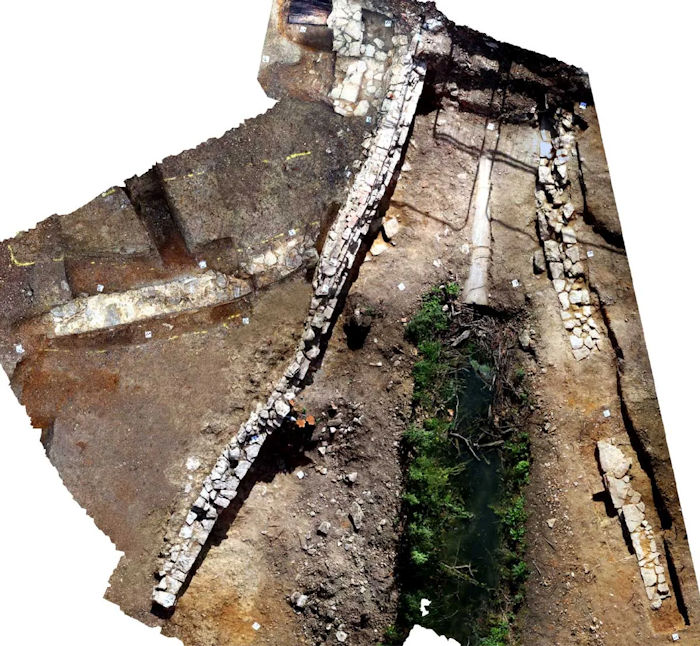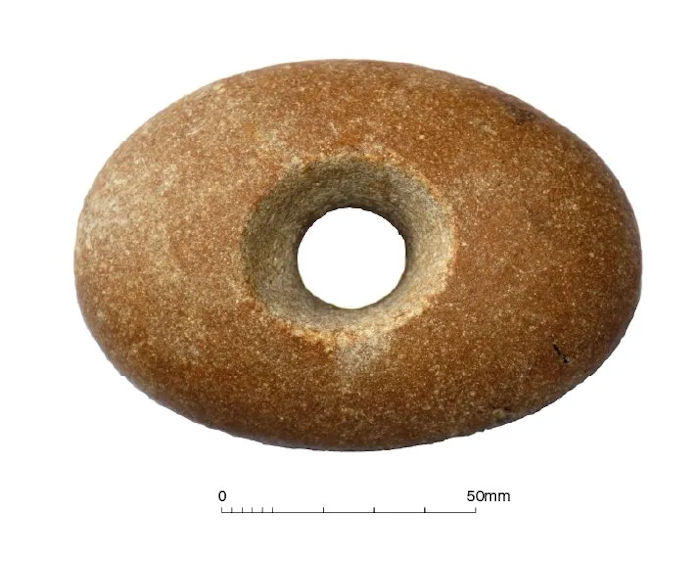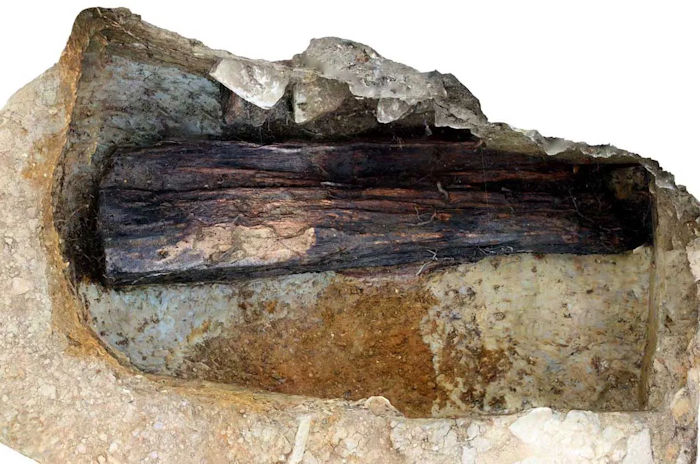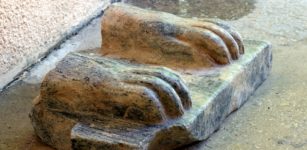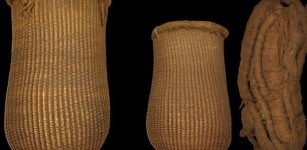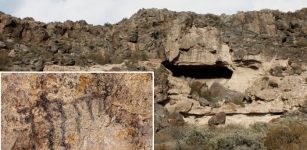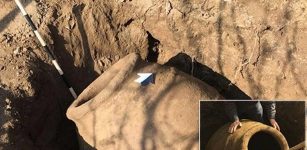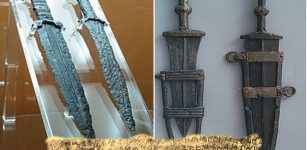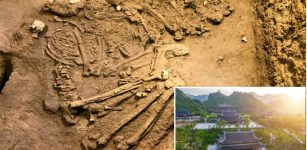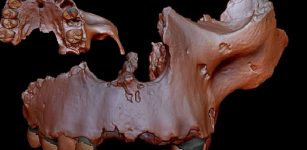Anglo-Saxon Watermill Discovered In Buckinghamshire, UK
Jan Bartek - AncientPages.com - Archaeologists excavating at a small site near Buckingham report an intriguing find. According to researchers, this is the former site of a watermill with potential late Anglo-Saxon origins, which continued to operate until the early 19th century.
Brick floor surface. Credit: Cotswold Archaeology
A review of historical records by the Buckinghamshire Archaeological Society (BAS), on behalf of HS2, showed that a mill at the site was recorded in the Domesday Book (compiled in 1086) as part of an earlier Anglo-Saxon estate. This estate developed after the year 949 to support the establishment of the burh at Buckingham. Historical evidence indicates continued activity at the site through the medieval period, with the pattern of water-management features and meadows remaining unchanged in the landscape, certainly from 1638 and probably for longer.
The watermill is first depicted on historic maps in the early 17th century and fell into disuse by 1825. The associated building continued to be occupied into the early 20th century before being pulled down in the 1940s. Features relating to the watermill, bypass channel, mill race, and outflow pond were still extant on site at the start of the archaeological works.
The earliest activity recorded at the site was a possible prehistoric ring ditch. A Mesolithic mace head was recovered from the fill of a post-medieval quarry pit that truncated this ring ditch; the mace head possibly originated from a truncated deposit internal to the putative ring ditch.
Mill race walls. Credit: Cotswold Archaeology
The artifactual assemblage recovered from the site shows that activity relating to the watermill started in the 13th century and continued to the modern period. The earliest structural evidence recorded on site comprised the partially exposed remains of three timber beams set in a substantial clay packing deposit, possibly forming the corner of a timber structure. The location of the timber beams, directly north of the mill race and the outflow pond, suggests that they may represent the western end of a watermill structure, through which the watermill’s drive mechanism would connect to the waterwheel. A single sherd of the post-medieval period was recovered from the clay packing, tentatively dating this structure to the 16th-17th century.
Mace head. Credit: Cotswold Archaeology
The final phase of mill structures was constructed in the late post-medieval period and is still extent on site. The mill race walls were substantial structures designed to funnel water to the mill wheel; this was probably located under the present farm track, which was not excavated as part of the works. The height of the walls and the wide funnel suggest the potential for a large volume of water to be flowing; however, the surviving mill race has a very gentle gradient, possibly as a result of modern management of the ditch following the mill’s disuse.
Timber beam. Credit: Cotswold Archaeology
The surviving remains of an associated building were present, albeit heavily truncated by the demolition and leveling of the site in the 1940s. The remains of two rooms survived centrally to the building plot, which was identified on historic mapping. The room walls were constructed predominantly with stone. A series of postholes formed an internal partition within the northern room, which enclosed a stone rubble surface. A brick floor surface survived in the southern room, which (along with material recovered from the walls) dated to the 18th century onwards.
See also: More Archaeology News
No evidence of the Anglo-Saxon watermill recorded in the Domesday Book was identified. Despite the intensive use of the site from the medieval period onwards, it is unlikely that all artifacts and features associated with an earlier watermill would have been removed, indicating that the Anglo-Saxon watermill was sited elsewhere.
Written by Jan Bartek - AncientPages.com Staff Writer


